The Fushimi area in southern Kyoto is one of Japan’s major sake production sites. Located at the junction of the Uji, Katsura, and Kamo Rivers, it’s blessed with high-quality springs ideal for brewing delicious rice wine. The town was originally built by Toyotomi Hideyoshi, a samurai and daimyo of the Sengoku period. Its location made it an important trade hub since a network of canals could be used to transport sake, rice, and people. Today, it’s still thriving—as a charming historical district with plenty to enjoy and explore. Here’s a quick guide to help you plan your visit.
The Fushimi Sake District can be easily reached from Fushimi-Momoyama Station (伏見桃山駅) on the Keihan Main Line, Momoyamagoryo Mae Station (桃山御陵前駅) on the Kintetsu-Kyoto Line, or Momoyama Station (桃山駅) on the JR Line. Coming from Kyoto Station, you can be there in just under 30 minutes.
Once you exit, you’ll find yourself on Otesuji Shopping Street (伏見大手筋商店街)(unless you’re coming from the JR Station, in which case you’ll have to walk an extra 10 minutes). The arcade is filled with cafes, restaurants, shops, and conbini. Kick off your day with a cup of coffee, or loop back later for a bite of lunch. There’s even a Kaldi Coffee Farm to explore if you’re missing the taste of home. In addition to coffee, there’s a decent selection of imported goods here on offer.


Just left off of Otesuji, you’ll find the Fushimi Sake Village (伏水酒蔵小路). It’s a collection of 8 sake breweries and food speciality stores. This is a great place to taste local sake while enjoying some delicious food pairings. Each shop has its own operating hours, so be sure to check the website before your visit.
Fushimi Sake Village faces the west side of Nayacho Shopping Street (納屋町商店街), another arcade to explore. If you’re jonesing for a sweet treat, be sure to check out Nayamachi Donuts, which serves soybean and rice flour options. There’s also a host of other restaurants and shops to discover.
Once you pass Nayamachi Donuts, the street becomes Ryoma Shopping Street (竜馬通り商店街), the origins of which date back to the Edo Period. When Toyotami Hideyoshi built Fushimi-Momoyama Castle in 1594, the surrounding area developed into a bustling port town. Shops selling kimonos and everyday items began to pop up here to cater to the local workers, and the rest, as they say, is history.



On your way down Ryoma Shopping Street, you’ll pass the Kyoto Insider Sake Experience. Here, you can join a variety of sake tours that take you around Fushimi. The tours are guided by a local sake enthusiast for an insider’s look into the district. The tour company also offers online sake classes, which you could take before or after your trip to further enrich the experience.
Take the next left off Ryoma Shopping Street and you’ll come across Kizakura Kappa Country (黄桜カッパカントリー). Here, you can enjoy freshly-brewed Kyoto beer, limited-edition sake, and tasty local cuisine. There’s also the Kizakura Sake and Beer Museum (黄桜記念館) where you can see how Kizakura sake and beer is made.
Ryoma Shopping Street leads to many other historical attractions of Fushimi Sake District. Keep an eye out for the giant signboard with a map to various places of interest. Keep walking straight and you’ll get to the Fushimi canals. It’s here that people used traditional wooden canal boats to transport rice, sake, and people.
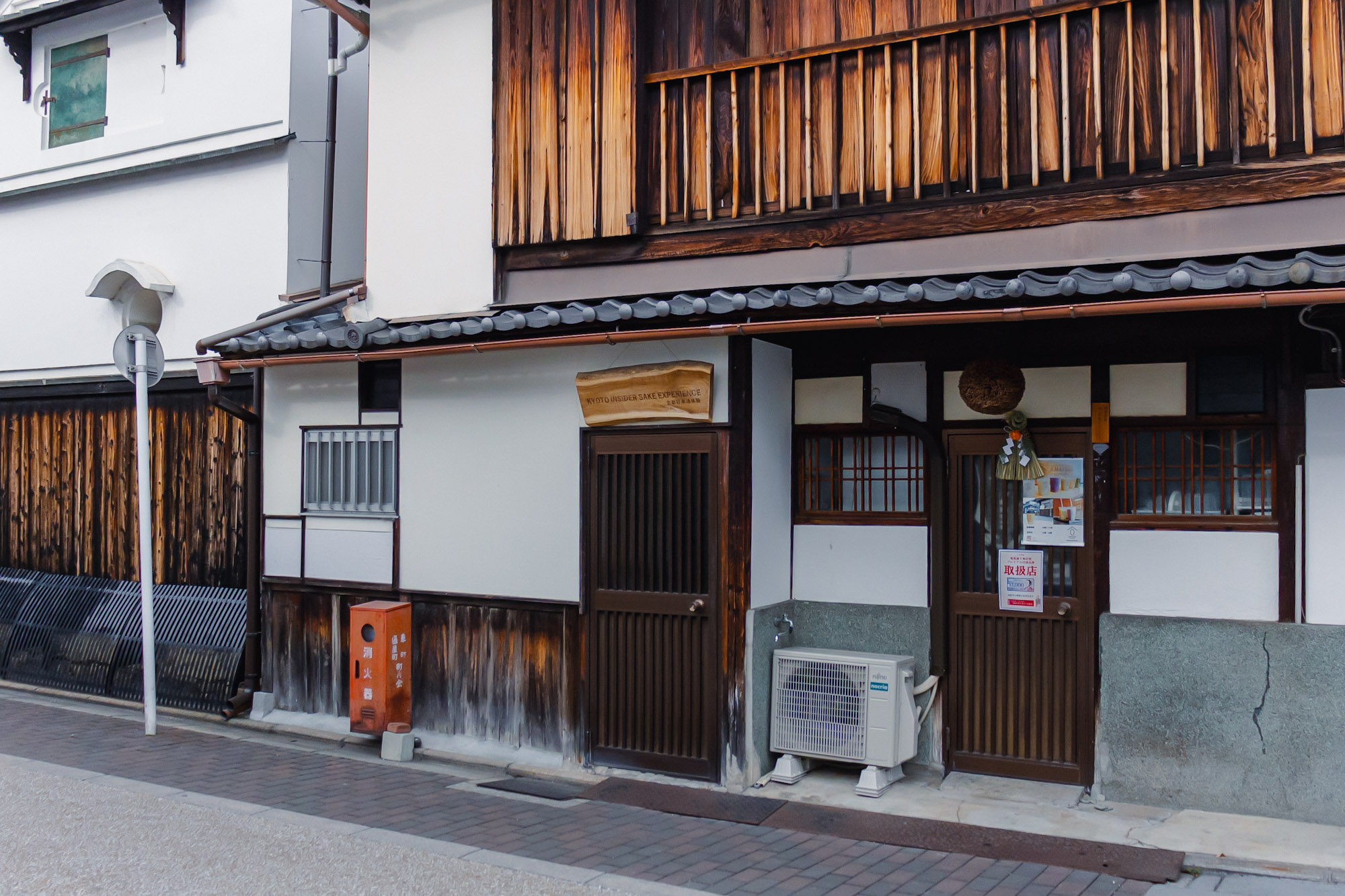
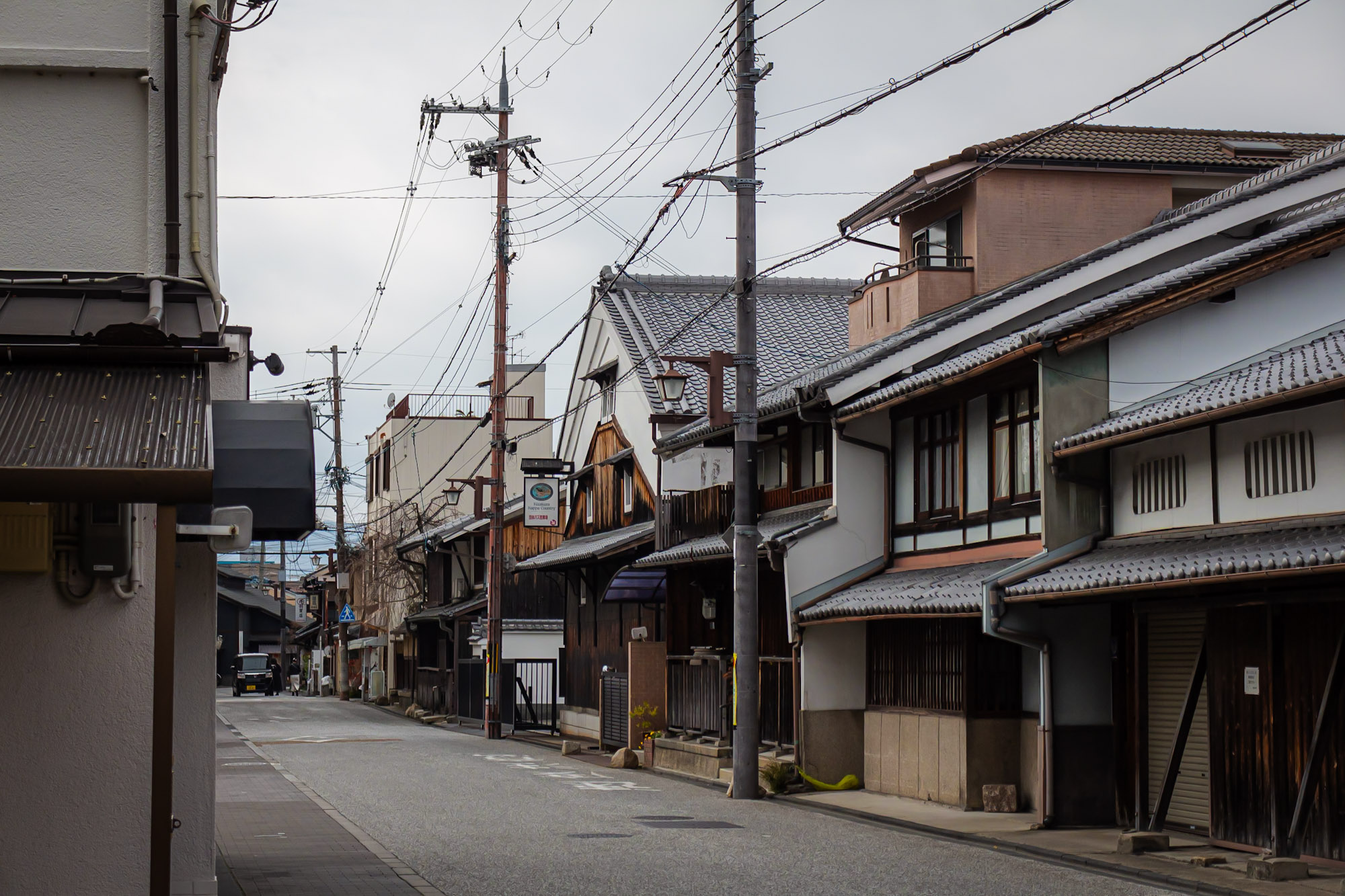
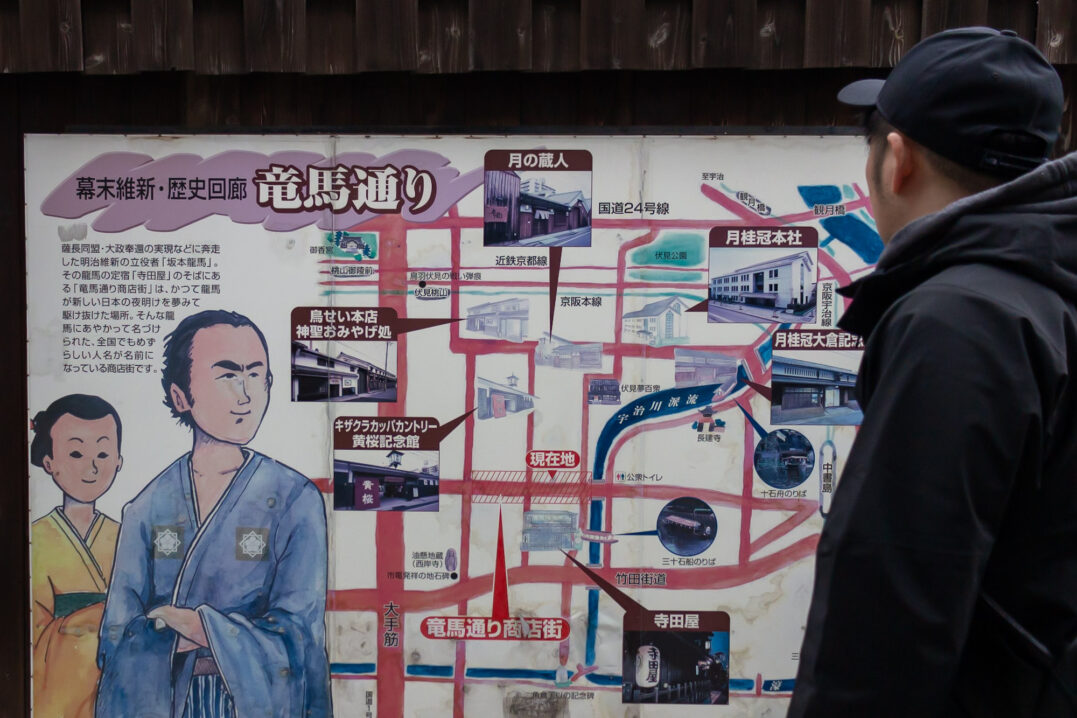
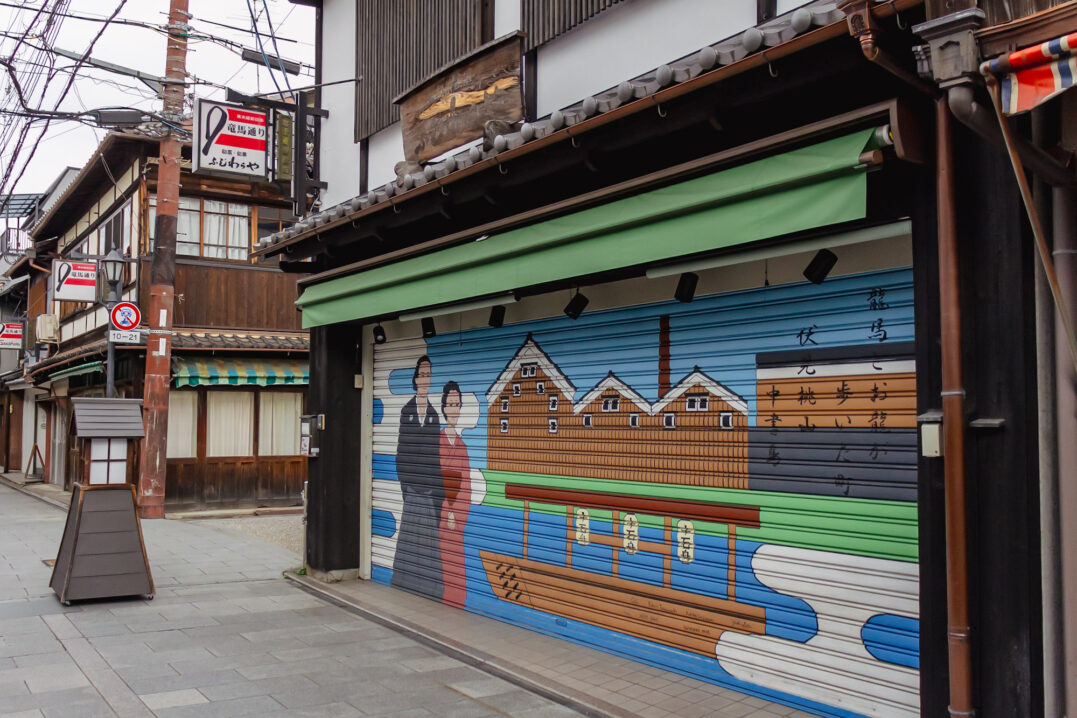
The wooden canal boats were called sanjukokubune and jukkokubune. Sanju means 30, jukko means ten, bune means boat, and koku is a Japanese unit of volume with Chinese origins. One koku equals about 150 kgs (330 lb) of rice. So, sanjukokubune is a boat named for its carrying capacity of 30 koku, or 30 150-kg bags of rice. Jukkokubune is named for its carrying capacity of 10 koku, or 10 150-kg bags of rice.
You can experience the feeling of riding these boats down the canals for yourself by taking a Jukkokubune Canal Cruise. There’s a 40-min and 50-min course to choose from and each costs about 1,200円 (US$8) roundtrip.


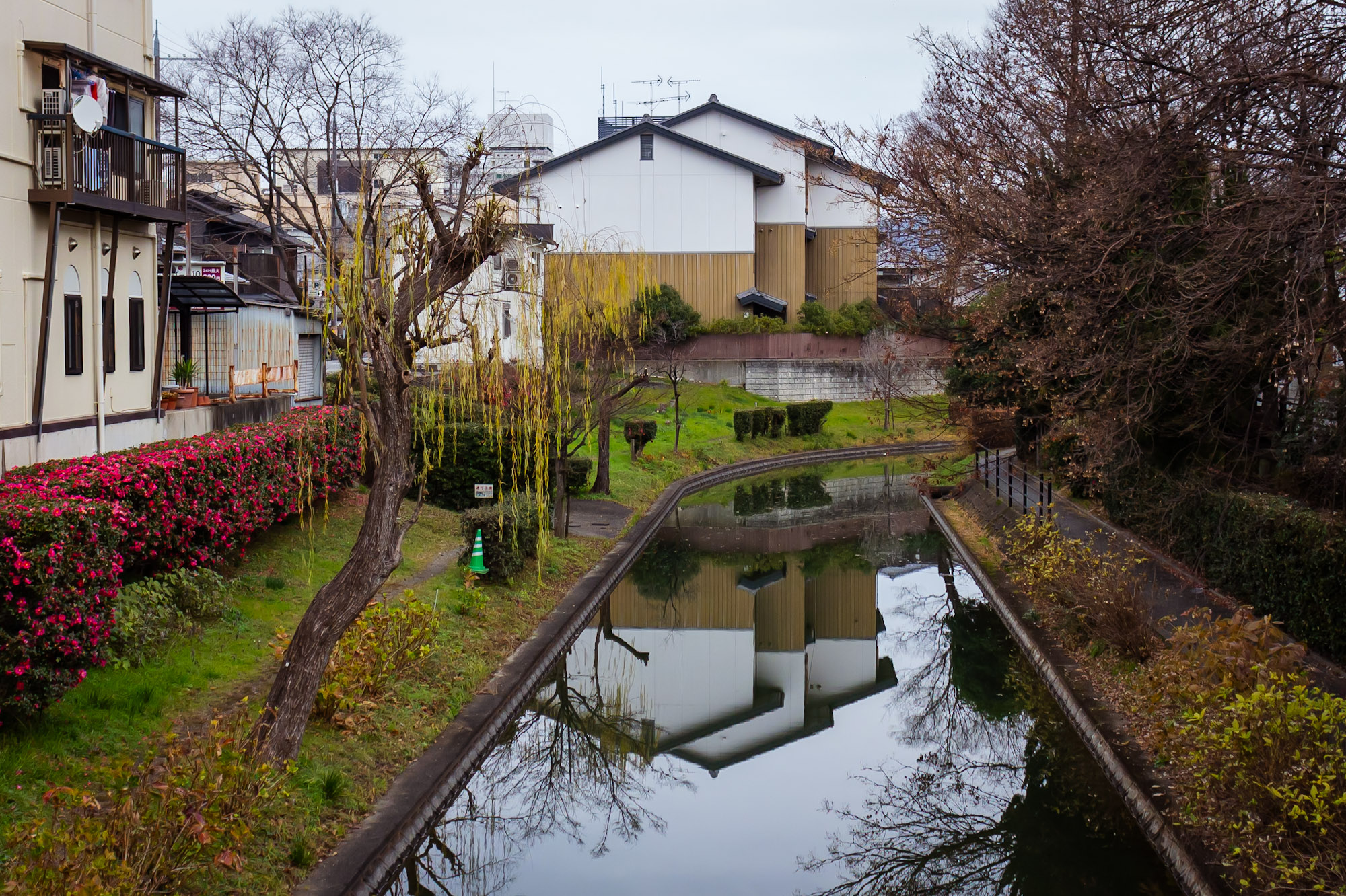
The boarding area for the canal cruises is a short walk away from the Gekkeikan Okura Sake Museum (月桂冠大倉記念館). The museum offers a tour on the history of Gekkeikan, a sake manufacturer that has been operating in Fushimi since 1637. The tour includes a sake tasting which allows you to try 3 of 10 different types prepared every season.
With the museum on your left, keep walking straight and take the first left. You’ll see the Fushimi Yume Hyakushu Cafe (伏見夢百衆) on the corner. This two-story building used to be the Gekkeikan head office and is now a charming café. Much of the original woodwork, slatted windows, and paper screens remain, offering an insight into the aesthetic of Fushimi’s heyday. The café offers sake tastings as well as tea, coffee, and sweets, so you may want to pop in for a break.
From here, you can slowly make your way back to the train stations. Keep going once you get there, in the opposite direction of Otesuji Shopping Street. This will lead you to Gokonomiya Jinjya (御香宮神社). The “Shrine of Fragrant Water” dates back more than 1,000 years and is famous for its pure spring water. Brewers have also come here for centuries to pray for a good product. Pass through the large Gokonomiya Torii Gate and keep walking until you see the shrine’s entrance on your left.



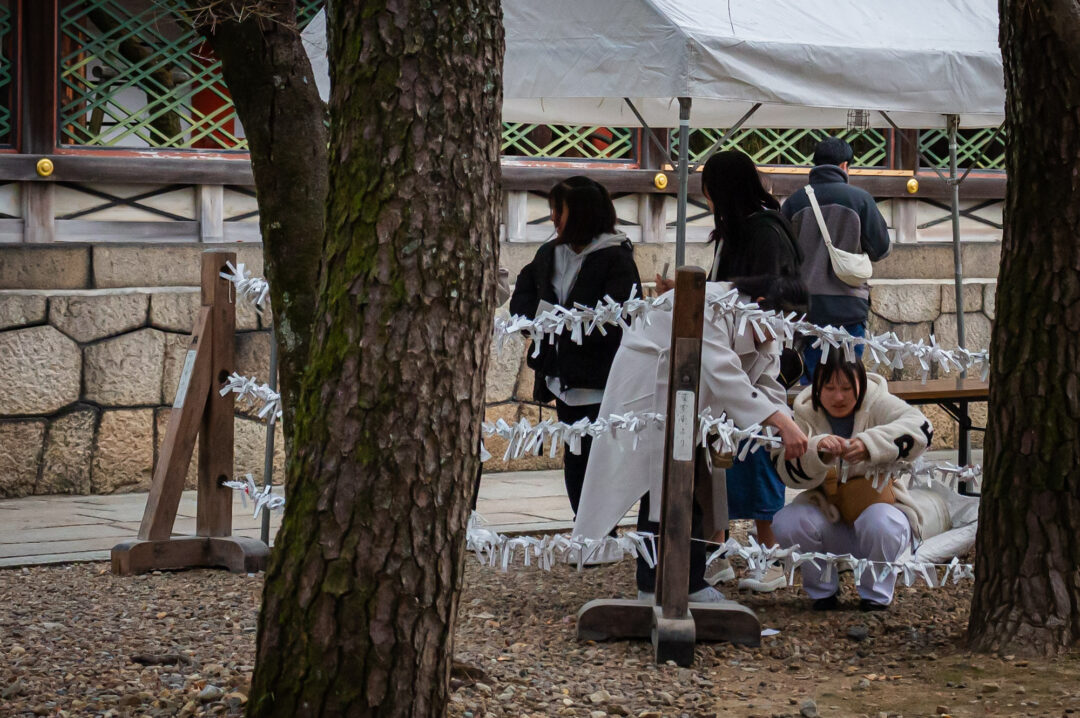
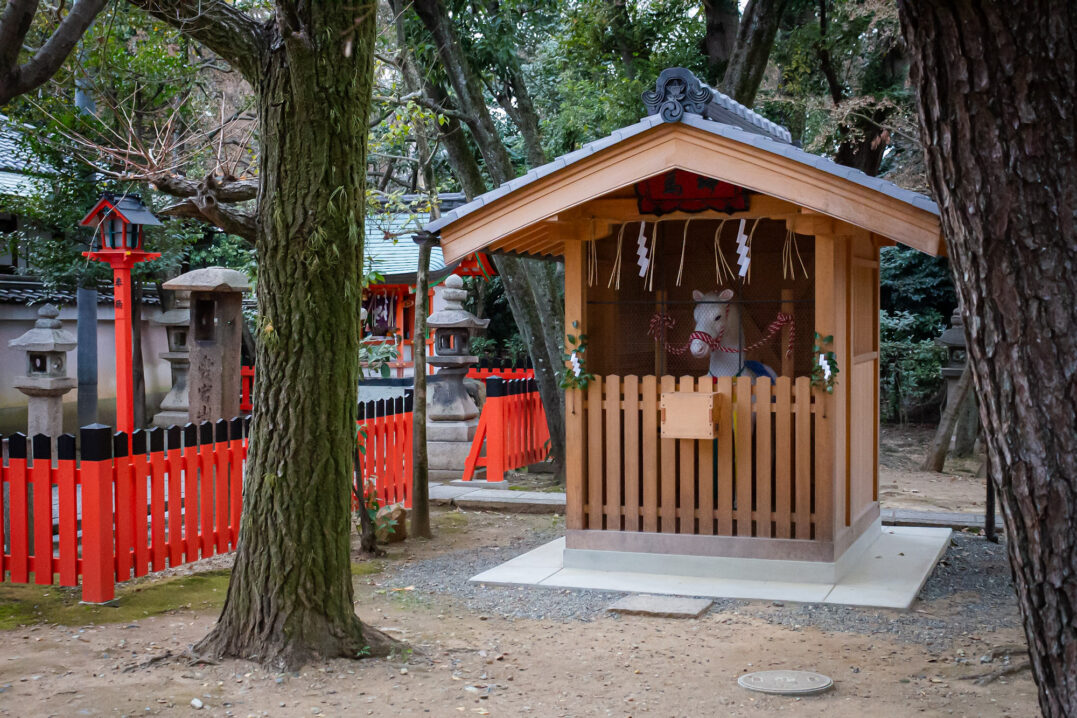
That should bring you to the end of your day in Fushimi, but this, of course, depends on what you ultimately decide to do. There’s another shopping arcade nearby to explore—Fushimi Momoyama Shopping Street (近鉄桃山商店街). The entrance is under the Momoyamagoryo-Mae Station overpass.
If you have the time, you could also head up to Fushimi-Momoyama Castle (伏見桃山城). It’s about a 20-min walk from Gokonomiya Shrine. The castle building itself isn’t open to the public, but you can still admire it from the surrounding park.
Fushimi Sake District is just 15 min away from Fushimi-Inari Station on the Keihan Main Line, so you could easily combine it with a visit to Fushimi-Inari Shrine. It’s also a short train ride away from the soon-to-be-opened Nintendo museum.


Visit Fushimi Sake District
Check out the map below for a guide to all the places mentioned in this post. For an offline map, download this article on the GPSmyCity app and subscribe to get access to more self-guided walking tours of Kyoto.


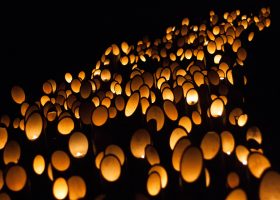

2 Comments
Join the discussion and tell us your opinion.
Very informative and interesting article. Looking forward to visiting the area in next 3 weeks. Feel I am armed with the history of the area and able to appreciate it more
Thanks, Carole! Enjoy your trip 🙂